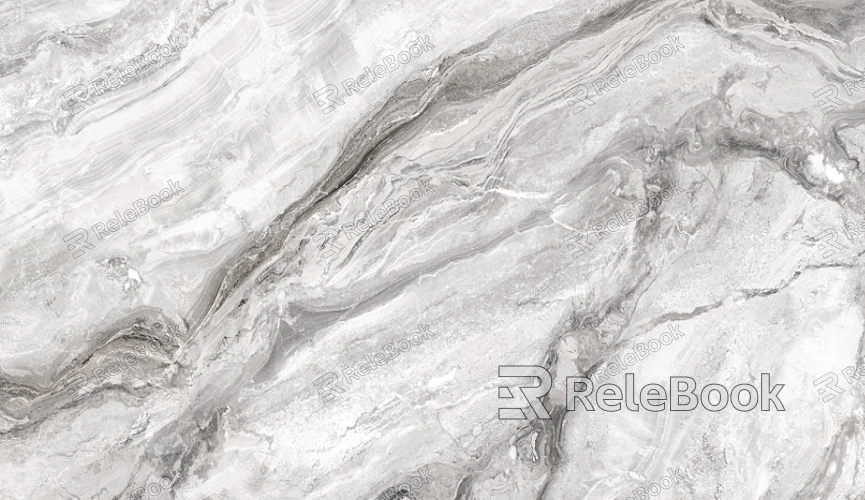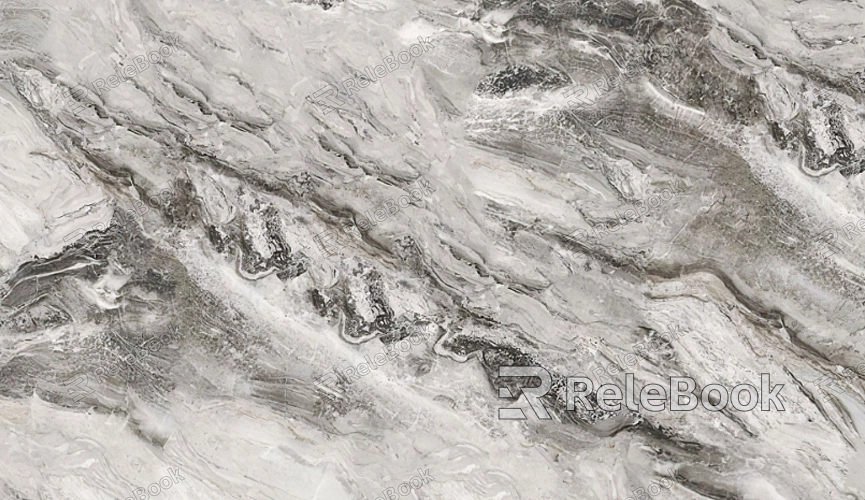How to Set UV Mapping Size?
Often, when dealing with UV mapping, it's not just about how to unwrap the model's UV coordinates but also about adjusting them to ensure the texture’s proportions, details, and size are properly aligned with the model's requirements. In this article, we’ll dive deep into how to set the size of UV mapping, helping you better understand and master this technique.We’ll begin by introducing the basic concept of UV mapping and progressively explaining how to set the UV mapping size. This will include adjusting the UV unwrap, controlling the texture scale, and optimizing the UV mapping to achieve the best visual results. Later, we’ll also look into how to perform these settings in common 3D software, ensuring that you can easily apply this technique in your projects.

What is UV Mapping?
Before diving into how to set the UV mapping size, it’s important to understand what UV mapping is. UV mapping is the process of projecting the surface of a 3D object to a 2D texture image. Every 3D model has a coordinate system that consists of vertices, edges, and faces. The UV coordinate system maps these 3D points to a 2D plane. This mapping allows a 2D image (texture) to be correctly displayed on the surface of the 3D model.
To be specific, the “U” and “V” refer to the horizontal and vertical axes of the 2D texture map. Each point on the 3D model's surface is mapped to a corresponding point on the 2D image, which is then applied to the model’s surface. This is how texture mapping works, providing a way to give your 3D models a detailed appearance with the help of textures.
Why is UV Mapping Size Important?
The size of the UV mapping directly impacts how the texture will appear on the model’s surface. If the mapping size is incorrect, the texture may appear blurry or overly detailed, or you might experience issues such as stretching, repetition, or compression. Properly setting the UV mapping size ensures that the texture matches the model correctly and enhances both the model's realism and the rendering efficiency.
For example, if the UV mapping size is too large, the texture might be stretched, causing detail loss or visible seams. On the other hand, if the size is too small, the texture may appear blurry or lack the needed detail. Therefore, when adjusting the UV mapping size, it's essential to consider the overall size of the model, the texture resolution, and the detail level required for the texture to look right on the model.

How to Set the Size of UV Mapping?
1. Unwrapping and Proportional Adjustment
The first step in setting the UV mapping size is unwrapping the model’s UV coordinates. UV unwrapping is the process of taking a 3D model and flattening it into a 2D layout. Once unwrapped, the UV coordinates form a “grid,” which will determine where each texture is placed.
Setting the size of the UV mapping usually involves adjusting these UV coordinates to ensure that the proportions of the unwrapped model align with the texture. In a UV editor, you can stretch, scale, or rotate the UV map to better fit the texture’s needs. The goal is to make sure that the UV regions fit properly within the UV space while maintaining consistent texture detail across different areas of the model.
2. Matching Texture Size
Another important consideration when setting UV mapping size is matching the UV layout to the resolution of the texture. The UV layout should be proportional to the texture's resolution to ensure that each section of the model is mapped to a portion of the texture that can display enough detail.
If the texture resolution is too low and the UV area is too large, the texture may appear blurry or pixelated. On the other hand, if the texture resolution is very high and the UV area is too small, it could lead to wasted texture space and unnecessary computational load. Generally, making sure that the UV mapping and texture resolution are properly aligned will help prevent issues with visual quality and performance.
3. Using Proportional Tools for Precision
Most modern 3D modeling software provides proportional tools to help you precisely adjust the size of your UV mapping. These tools make it easier to evenly scale the UV coordinates and ensure that the texture is applied correctly across the model. For instance, you can use an “average” tool to evenly distribute the UV space, ensuring that no face is excessively stretched or squeezed, which can lead to visual distortion.
Common UV Mapping Mistakes and How to Avoid Them
When setting UV mapping size, there are several common mistakes that you may encounter. Understanding these issues and knowing how to address them can save you a lot of frustration. Here are some of the most common UV mapping problems and tips on how to avoid them:
1. UV Overlapping
UV overlapping occurs when two or more UV faces share the same space in the UV map. This results in textures being incorrectly applied to different parts of the model. To avoid overlapping, make sure that each face in the model’s UV layout is given its own distinct area. Most 3D software offers UV checking tools that can help identify and resolve overlapping issues.
2. Stretching and Compression
Stretching and compression happen when the UV mapping is uneven or when the proportion of the UV areas doesn’t match the model’s surface. This can lead to distorted textures. To prevent this, ensure that your UV layout is as uniform as possible and avoid overly stretching or shrinking any part of the layout.
3. Missing UV Space
If there are gaps or unused space in the UV layout, it can result in missing texture areas or inefficient use of texture space. To avoid this, optimize your UV layout by filling in any gaps and ensuring that the entire UV space is properly used for texture mapping.
How to Optimize UV Mapping?
Optimizing UV mapping not only improves texture quality but also enhances rendering performance. Here are some common UV mapping optimization techniques:
1. Properly Organize the UV Layout
For complex models, you might want to split the UV mapping into several smaller UV islands or UV sets. This allows you to assign different texture maps to different parts of the model, improving the resolution and quality of textures. For example, the face of a character might have a dedicated UV map, while the clothes and accessories use another. Well-organized UV layouts allow for better texture resolution and a cleaner final result.
2. Use Seamless Textures
To avoid visible seams between UV islands, consider using seamless textures. Seamless textures are designed to tile and blend at their edges, making them ideal for covering UV regions without leaving noticeable boundaries. This improves the overall aesthetic and realism of the model.
By now, you should have a better understanding of how to set the UV mapping size and why it’s important for achieving high-quality textures and optimal rendering performance. A well-set UV mapping size ensures that your textures display correctly, with the right level of detail and clarity. We hope these tips will help you refine your UV mapping process in future 3D modeling projects. If you're looking for high-quality 3D models and textures, be sure to visit the Relebook website and download the resources you need for your next project.
FAQ
How can I avoid texture stretching in UV mapping?
To avoid texture stretching, make sure the UV layout is evenly distributed, and don’t stretch any face excessively. Using proportional tools in 3D software can help adjust the UV mapping more accurately, ensuring that each face is scaled uniformly.
What Should I Do If My Texture Looks Blurry After UV Unwrapping?
If your texture appears blurry after unwrapping, it could be due to the texture resolution being too low or the UV mapping area being too small. Try increasing the texture resolution or adjusting the UV mapping to better match the texture size and details.
What Happens If My UV Layout Overlaps?
UV overlap leads to texture issues, such as one texture being applied to multiple parts of the model. To fix this, check the UV layout for overlaps and use the “unwrap” tool to ensure that every face has its own space in the UV map.

